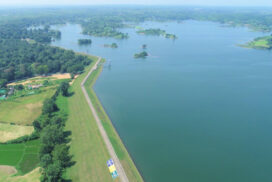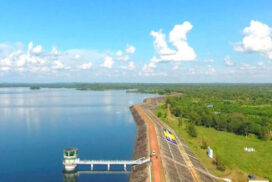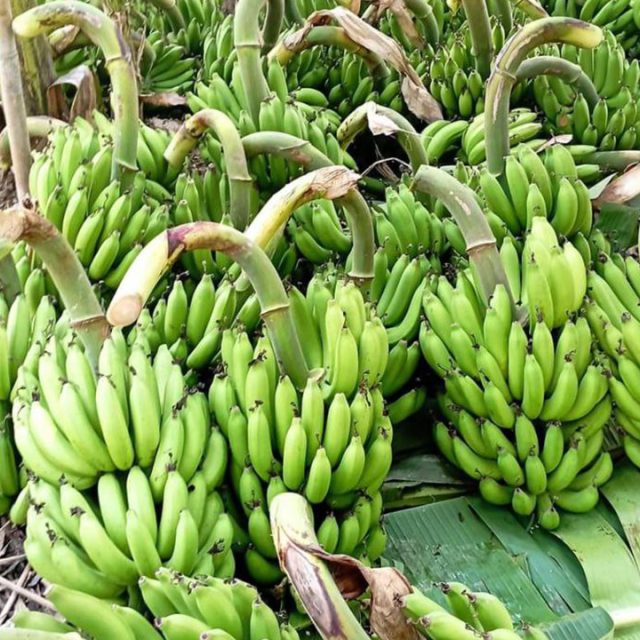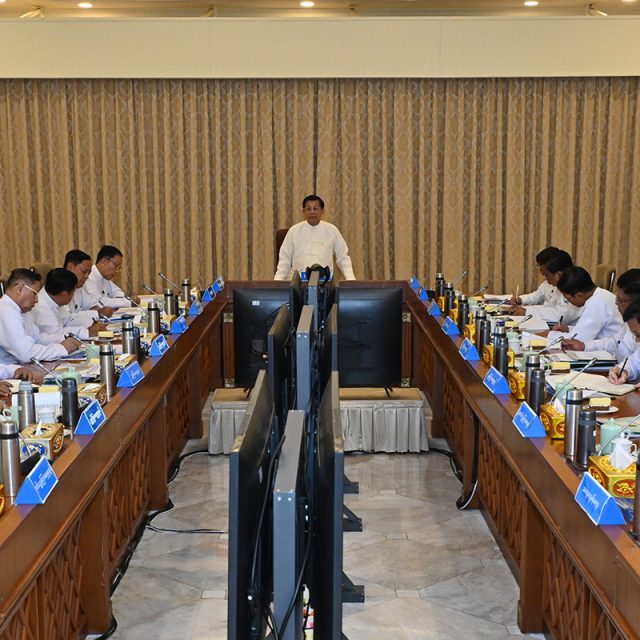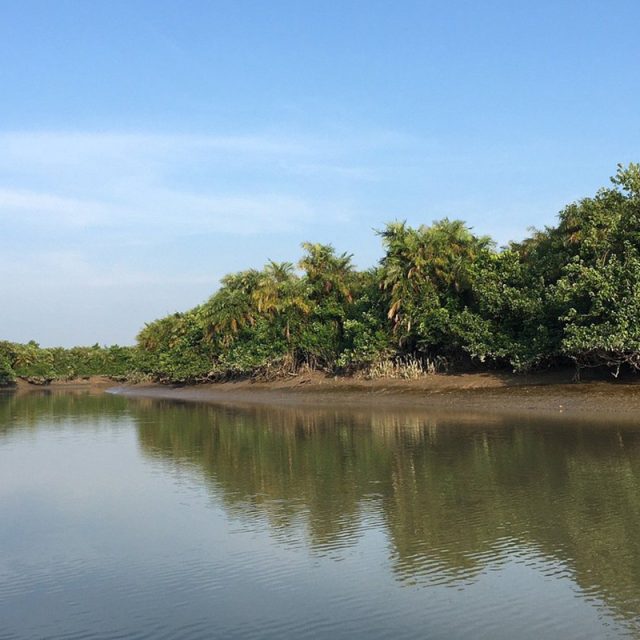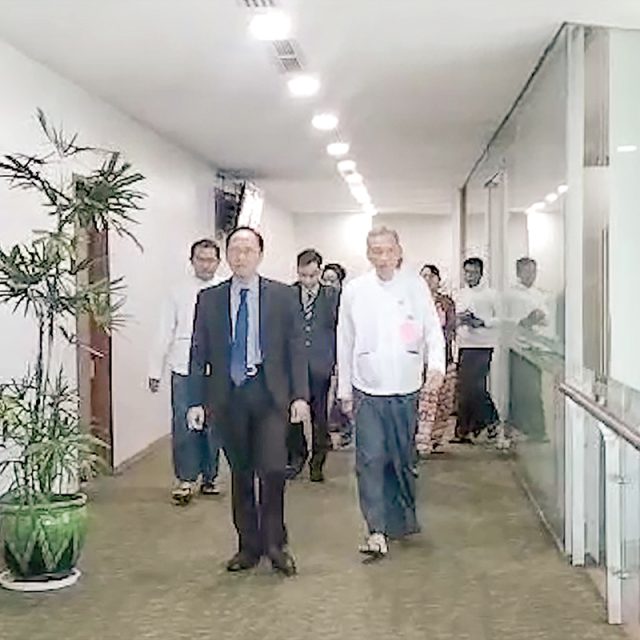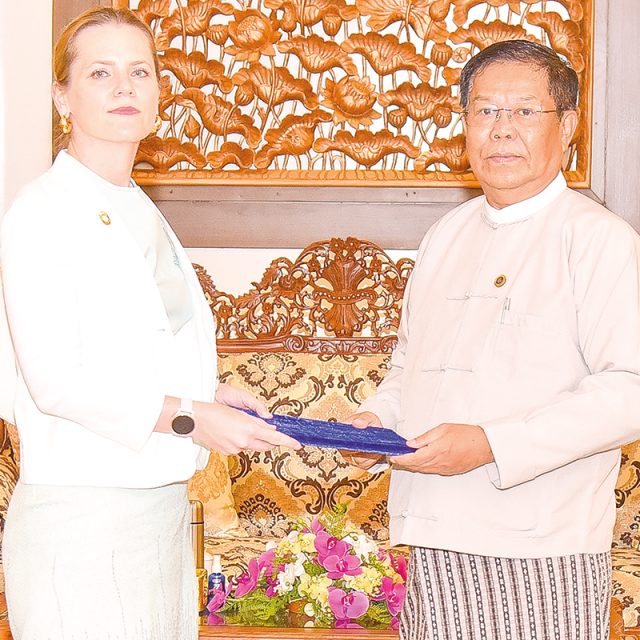Flooding due to overflowing irrigation facilities, rivers, and flash floods from heavy rains is a regular occurrence in Myanmar, particularly in Kayin State, Bago, Ayeyawady, and Taninthayi regions. These regions frequently face the adverse effects of floods, prompting local authorities and disaster management committees to engage in daily search, rescue, and relief operations for affected communities.
Floods pose a significant threat to the integrity of dams and reservoirs, with heavy rains often triggering flash floods and causing rivers and creeks to overflow, leading to water inundating residential areas. This can result in severe shortages of essential needs such as food, clothing, and shelter. Currently, many people in Myanmar are struggling with limited access to food, drinking water, and medicines due to these ongoing issues.
When heavy rains and river overflows occur, the collapse of embankments from dams and reservoirs can lead to catastrophic loss of life and property. Local authorities collaborate with volunteers, charity organizations, firefighters, rescue teams, and relevant departments to mitigate these risks and to evacuate residents from flood-affected areas to safer locations in a timely manner.
As an agrarian country, Myanmar has relied on irrigation infrastructure to support its agriculture. Successive governments have constructed numerous dams, reservoirs, embankments, and hydropower facilities to irrigate farmlands and provide electricity. Currently, the country has 245 dams, 144 diversion weirs, 72 reservoirs, and 199 sluice gates, all of which play a crucial role in supplying agricultural water throughout the year. Ensuring the longevity and proper maintenance of these irrigation facilities is essential to sustain the nation’s agricultural productivity.
Amidst the current heavy rains and widespread flooding, it is vital for development committees to clear debris from drains to facilitate the proper flow of water and reduce inundation in public areas. This preventive measure can help minimize flood-related diseases. Public participation in these efforts, under the guidance of local authorities, is crucial for maintaining public health and ensuring a safe environment for all.
The maintenance of irrigation facilities is not just an agricultural necessity but a vital component in protecting communities from the devastating effects of floods. Collective efforts by authorities and citizens are required to safeguard lives, property, and public health. As Myanmar often faces natural disasters, it is necessary to take care of maintenance for dams and reservoirs at all times. Relevant departments need to regularly check the strengthening of embankments not to be broken down, and authorities need to emphasize safety and security measures for flood-victim people with provisions of accommodation, food, healthcare services and purified drinking water.
Maintain irrigation facilities for a safe society
- August 07, 2024
- 20


